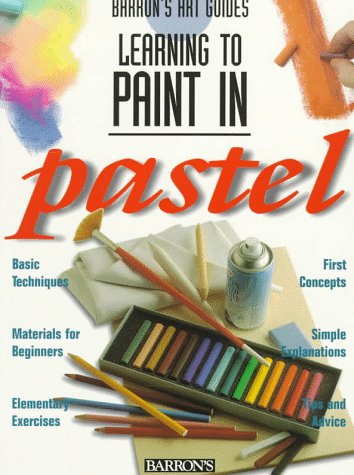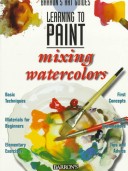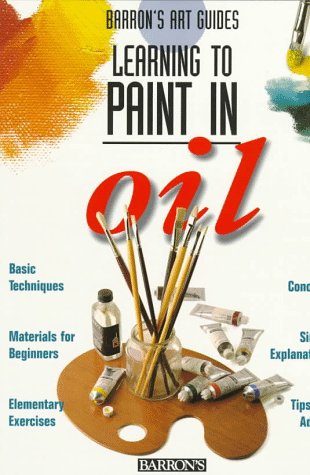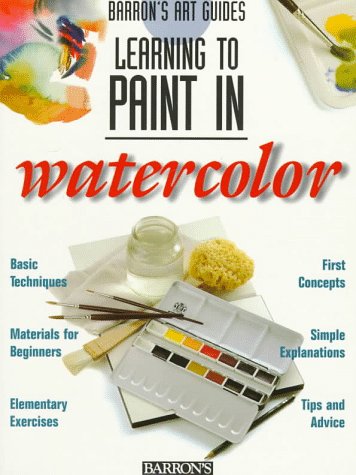Barron's art guides
4 total works
Several varied types of pastel chalk and pencils are shown and described, along with papers, fixatives, and other related materials frequently used by pastel artists. Step-by-step illustrations show students and hobbyists how to achieve desired effects by direct application, brushwork, and rubbing the paper surface with various materials such as cloth and cotten wool. Additional advice includes color mixing and matching, as well as using pastels to good effect in portraits, landscapes, and other genres.
In words, color photos, and art renditions these guides provide detailed explanations of art materials and how accomplished artists use them to achieve desired effects in the various media. The emphasis in these books is not on completing a finished painting -- a subject covered in other Barron's art series -- but on how to select and use the right materials for the right project, along with practical solutions to common artists' problems. Topics are treated in the form of easy-to-follow step-by-step directions. These volumes are valuable reference sources, both for the art classroom and for use by self-teaching hobbyists. Twenty-six concise sections describe oil paints, canvases, brushes, palettes, palette knives, easels, paint boxes, and related tools. Other topics covered in these sections include paint mixing and thinning, use of different brushes to achieve various effects, selecting pigments for a balanced palette, blending colors on the canvas, as well as controlling line and shape with brushwork.
In words, color photos, and art renditions this guide provides detailed explanations of art materials and how accomplished artists use them to achieve desired effects in the various media. The emphasis in this book is not on completing a finished watercolor, but on how to select and use the right materials for the right project, along with practical solutions to common artists' problems. Topics are treated in the form of easy-to-follow step-by-step directions. This volume is a valuable reference source, both for the art classroom and for use by self-teaching hobbyists. This guide gives detailed instructions for using both tube and cake watercolors. It explains how they work best when employing both wet and dry paper techniques. There are also descriptions of different brushes, as well as the best ways to use the many related materials watercolor artists will need including inks and pencils, masking tape, sponges, protective sprays, razor blades, and other items. Students are shown how to achieve brushwork control and how to mix colors on paper in this often tricky medium.



